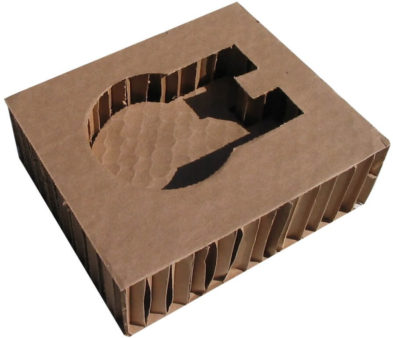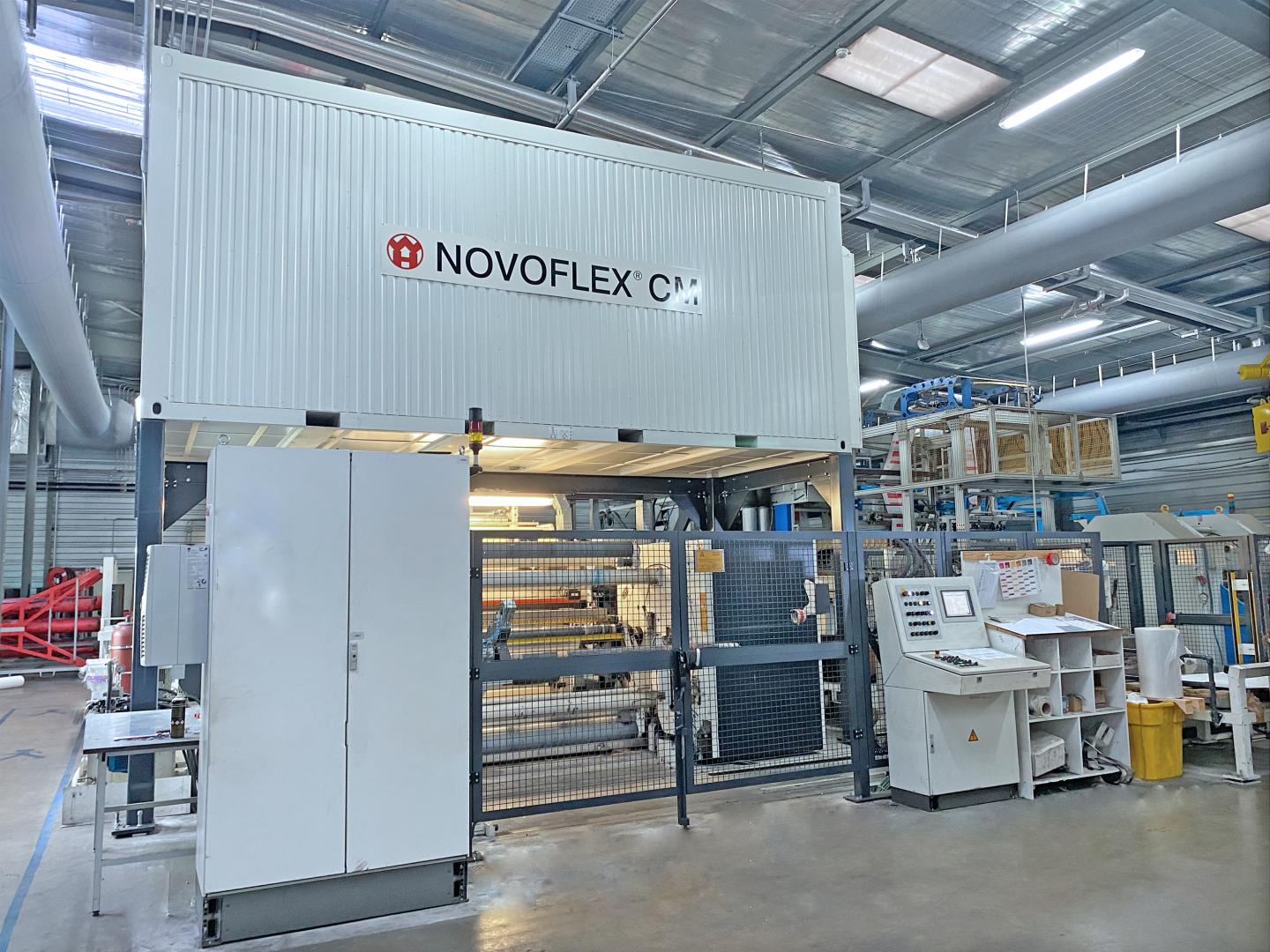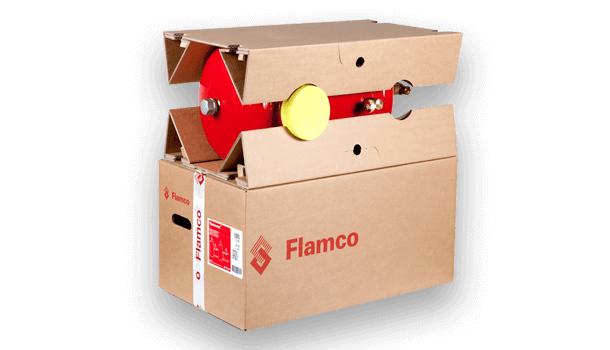Processing Company Prowess: Opening Effectiveness in Production
Processing Company Prowess: Opening Effectiveness in Production
Blog Article
Effective Industrial Recycling Solutions for Sustainable Product Packaging: A Comprehensive Overview
That's where this comprehensive guide on effective industrial recycling services for lasting packaging comes in. By checking out essential locations such as product packaging material option, making for recyclability, applying reusing facilities, teaming up with recycling companions, and monitoring and gauging reusing success, this guide will outfit you with the understanding and tools essential to make educated decisions and drive positive adjustment within your organization. Whether you're a packaging professional, sustainability supervisor, or merely interested in the topic, this overview will certainly give useful insights and methods to assist you navigate the world of lasting product packaging.
Packaging Product Option
The option of product packaging materials plays an essential duty in ensuring the sustainability of commercial recycling services. When it involves sustainable product packaging, the option of products is type in decreasing environmental effect and taking full advantage of recycling performance. Choosing the appropriate products can help decrease waste generation, preserve resources, and advertise a round economy.
Products like cardboard, paper, glass, and particular kinds of plastics can be reused multiple times without losing their high quality. On the other hand, products that are challenging to reuse, such as combined plastics or non-recyclable compounds, can develop challenges for the recycling process and might end up in landfills or incinerators.
An additional factor to consider is using sustainable and naturally degradable products. Packaging made from renewable energies, such as plant-based plastics or biopolymers, can help in reducing reliance on nonrenewable fuel sources and reduce environment change. Furthermore, eco-friendly products damage down normally with time, lowering the build-up of waste in land fills.
Additionally, the weight and quantity of packaging materials should be minimized to lower transport costs and energy usage. Light-weight products not only need fewer resources throughout production but additionally add to decrease carbon emissions during transport.
Designing for Recyclability
Product packaging developers ought to prioritize the use of products that are extensively approved for recycling and have established recycling facilities. Materials such as glass, light weight aluminum, and specific kinds of plastic, like Animal and HDPE, are commonly recycled and need to be chosen over materials that are hard or expensive to recycle.
One more crucial factor to consider in designing for recyclability is the removal of unnecessary components or products. By decreasing the number of layers, coatings, and additional elements, product packaging can be made simpler and easier to recycle. Furthermore, developers ought to intend to minimize using mixed materials, as they can complicate the reusing process.

Implementing Recycling Framework
Effective application of recycling facilities is vital for the success of commercial recycling services. Without proper infrastructure in area, the recycling process ends up being inadequate and ineffective, preventing the overall objective of sustainable product packaging.
To execute reusing facilities successfully, a number of key aspects require to be considered. Firstly, there need to be a well-organized collection system that facilitates the splitting up and collection of recyclable materials. This can include designated Learn More reusing bins in public rooms, along with collaborations with waste monitoring companies for curbside pick-up and sorting.
As soon as collected, the recyclable products require to be carried to reusing facilities in a timely fashion. This requires reliable logistics and transport networks, making certain that the materials reach the proper centers right away.
At the recycling centers, progressed sorting and handling technologies must be in area to divide various types of materials successfully. This consists of the use of automated arranging makers, optical scanners, and hand-operated sorting techniques.
Additionally, there need to be a durable market demand for recycled materials. This can be accomplished through collaborations with producers and sectors that make use of recycled materials in their manufacturing processes. Producing a steady market for recycled products incentivizes the reusing sector and advertises the round economic situation.
Collaborating With Recycling Allies

One key facet of collaborating with reusing partners is the establishment of clear interaction networks. It is necessary to establish open lines of communication to help with why not look here the exchange of info, updates, and responses. This allows both celebrations to remain notified concerning the development of recycling campaigns and attend to any type of obstacles or problems that may occur.
Furthermore, cooperation can include joint initiatives in applying and developing recycling programs. Recycling partners can provide useful understandings and support in developing effective collection systems and establishing the most suitable recycling innovations. By collaborating, companies and recycling companions can optimize the reusing process and minimize waste.
In addition, collaboration can expand beyond the functional facets of recycling. It can also include advocacy and education and learning campaigns. By signing up with pressures, companies and reusing partners can increase awareness about the value of reusing and advertise the fostering of lasting product packaging practices amongst consumers and other stakeholders.
Tracking and Measuring Recycling Success
To ensure the efficiency of industrial reusing options and the accomplishment of lasting product packaging goals, it is essential for businesses and their reusing partners to establish a thorough system for tracking and determining reusing success (industrial metal packaging). Measuring and tracking reusing success enables services to examine the influence of their recycling initiatives, identify areas for enhancement, and established meaningful targets for future progression
One means to track recycling success is with making use of information collection and evaluation tools. By accumulating information on the quantity of packaging waste produced, the percentage of waste that is reused, and the types of products being reused, organizations can acquire important understandings into their reusing efficiency. This data can then be assessed to identify trends, patterns, and areas of inadequacy.
Another essential aspect of monitoring and measuring reusing success is establishing standard and clear metrics. This allows organizations to compare their performance against industry benchmarks and track their progression over time. Metrics such as reusing rates, waste diversion prices, and greenhouse gas discharges can provide a measurable procedure of a company's recycling success.

Conclusion
In conclusion, implementing effective commercial recycling solutions for sustainable packaging requires mindful factor to consider of packaging material option, creating for recyclability, applying recycling infrastructure, working together with recycling partners, and tracking and determining reusing success. By integrating these techniques, services can add to a much more environmentally-friendly and sustainable strategy to product packaging, decreasing waste and advertising the circular economic situation.
By exploring key locations such as packaging material option, developing for recyclability, implementing recycling framework, working together with reusing companions, and monitoring and measuring reusing success, this guide will outfit you with the knowledge and devices required to make informed choices and drive favorable modification within your organization. Product packaging developers ought to focus on the usage of products that are extensively accepted for reusing and have actually established reusing facilities.Partnership with recycling companions is important for the effective application of commercial reusing remedies and the achievement of sustainable product packaging goals. By signing up with pressures, companies and reusing partners can raise understanding about the relevance of recycling and advertise the adoption of lasting product packaging practices among consumers and various other stakeholders.
By gathering information on the amount of packaging waste produced, the portion of waste that is recycled, and the types of products being reused, companies can gain important insights right into their recycling efficiency.
Report this page